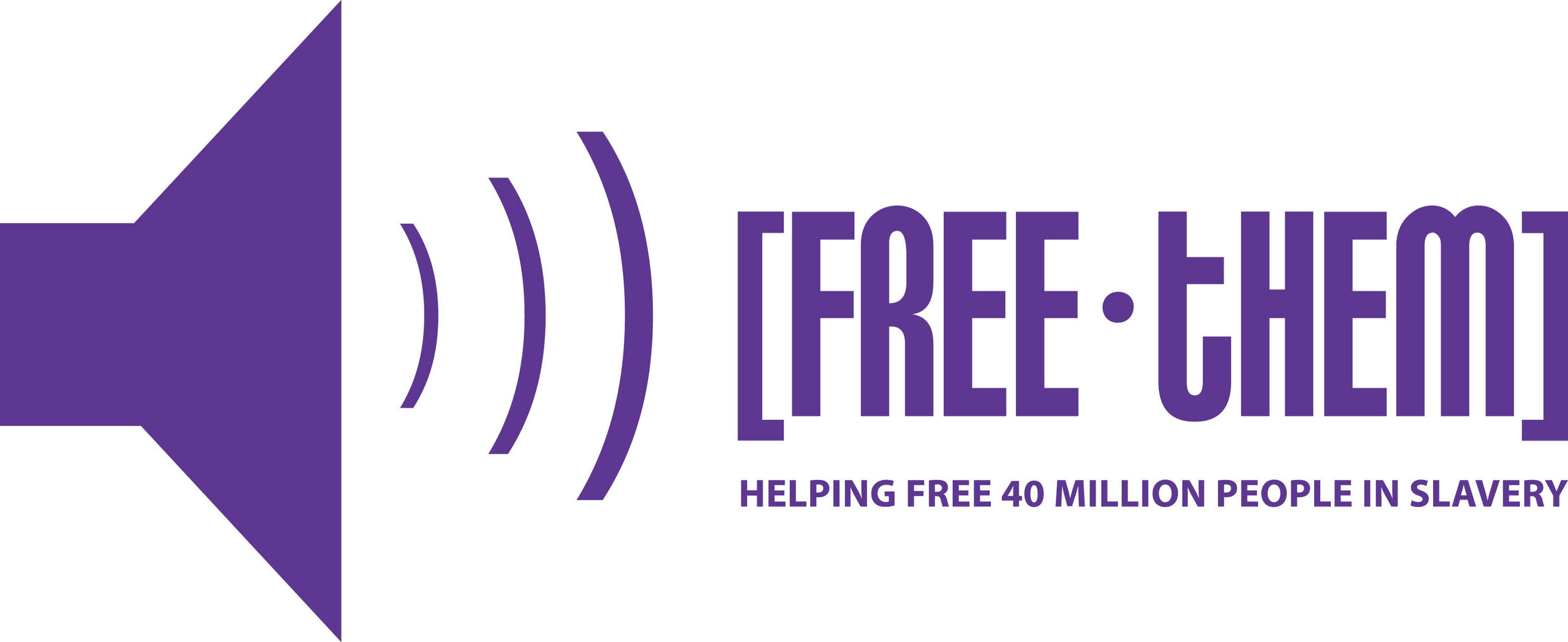Canada’s Definition of Human TRafficking
The Canadian Government defines Human Trafficking as follows: Sited from The Ministry of Public Safety Human trafficking involves the recruitment, transportation, harbouring and/ or exercising control, direction or influence over the movements of a person in order to exploit that person, typically through sexual exploitation or forced labour. It is often described as a modern form of slavery. Organized criminal networks, as well as individuals, perpetrate this crime, operating within Canada’s borders and internationally. Traffickers reap large profits while robbing victims of their freedom, dignity and human potential at great cost to the individual and society at large. Traffickers control their victims in various ways such as taking away their identity documents and passports, sexual abuse, threats, intimidation, physical violence, and isolation. Victims suffer physical or emotional abuse and often live and work in horrific conditions. They may also face fatal consequences if they attempt to escape. This crime represents a consistent and pervasive assault on the fundamental human rights of its victims. While it is impossible to truly know the full scope and impact of this problem at the international or Canadian level, we do know that women and children are the primary victims -overwhelmingly so for sexual exploitation but also for forced labour – however, men are not immune to this crime. The extent of human trafficking, either in Canada or internationally, is difficult to assess due to the hidden nature of these offences, the reluctance of victims and witnesses to come forward to law enforcement and the difficulty of identifying victims in practice. Moreover, these cases often go unnoticed and unreported due to manipulation, fear, threats from traffickers, shame, language barriers or mistrust of authorities. A set of interrelated “push” and “pull” factors contribute to human trafficking. “Push” factors include extreme poverty, unemployment, lack of education, inadequate social programs, gender-based inequality, corruption, war and conflict situations, and political unrest in countries of origin. “Pull” factors include the perceived financial rewards of cheap, exploitative labour practices in some economic sectors. Victims may also be ‘pulled’ into trafficking through the promise of money and what is portrayed as or believed to be a better life. Human trafficking is often characterized as a “low risk/high reward activity” because of the fact that the crime is clandestine, therefore difficult to detect and investigate, which contributes to the relatively low prosecution rates worldwide. Victims can be exploited over and over for the financial or material benefit of the traffickers making this crime lucrative. The United Nations (UN) has estimated that this illegal activity generates approximately $32 billion2 (US) annually for its perpetrators. The United Nations, including the General Assembly (UNGA), Security Council (UNSC), Human Rights Council (UNHRC), and the Office on Drugs and Crime (UNODC) regularly contribute to the global research, prevention and protection landscape on human trafficking. Canada strongly supports anti-human trafficking activities in these various fora and offices, as well as those which are specifically dedicated to the fight against trafficking including the work of the UN Special Rapporteur on Trafficking in Persons, especially Women and Children.
